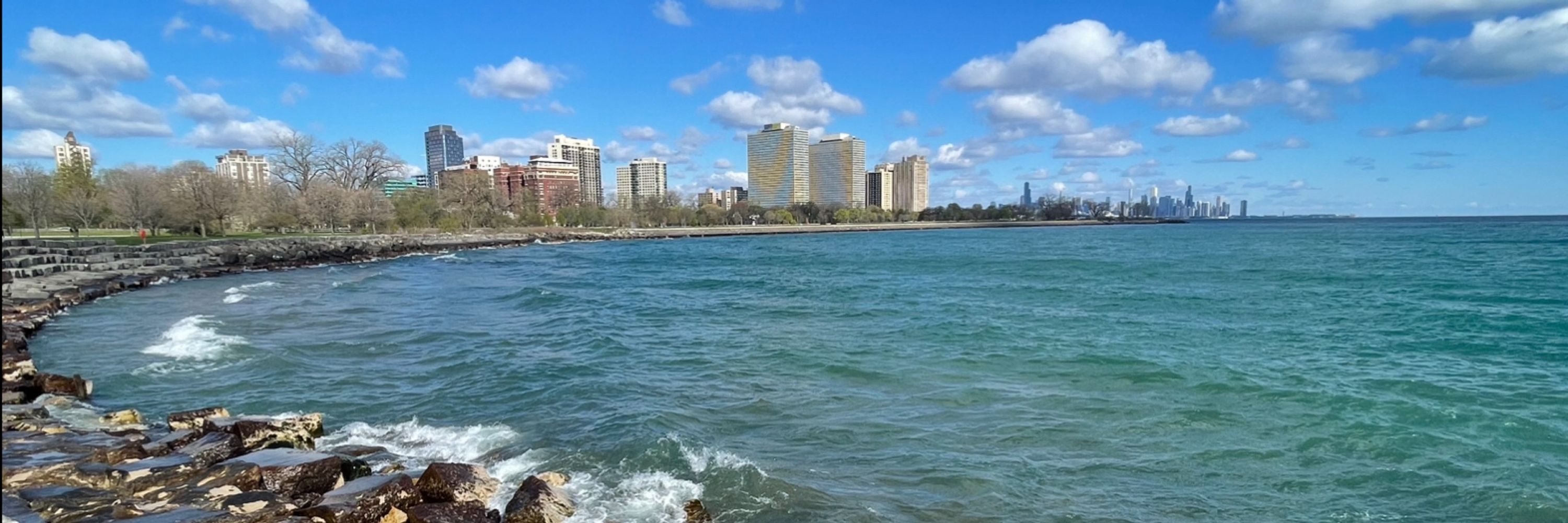Marlene Cohen
@marlenecohen.bsky.social
1.6K followers
460 following
59 posts
Neuroscientist at U Chicago
Posts
Media
Videos
Starter Packs
Marlene Cohen
@marlenecohen.bsky.social
· Aug 15
Marlene Cohen
@marlenecohen.bsky.social
· Aug 15
Marlene Cohen
@marlenecohen.bsky.social
· Aug 15
Marlene Cohen
@marlenecohen.bsky.social
· Aug 15

Guided by Noise: Correlated Variability Channels Task-Relevant Information in Sensory Neurons
Shared trial-to-trial variability across sensory neurons is reliably reduced when perceptual performance improves, yet this variability is low-dimensional, so it could be ignored by an optimal readout...
www.biorxiv.org






